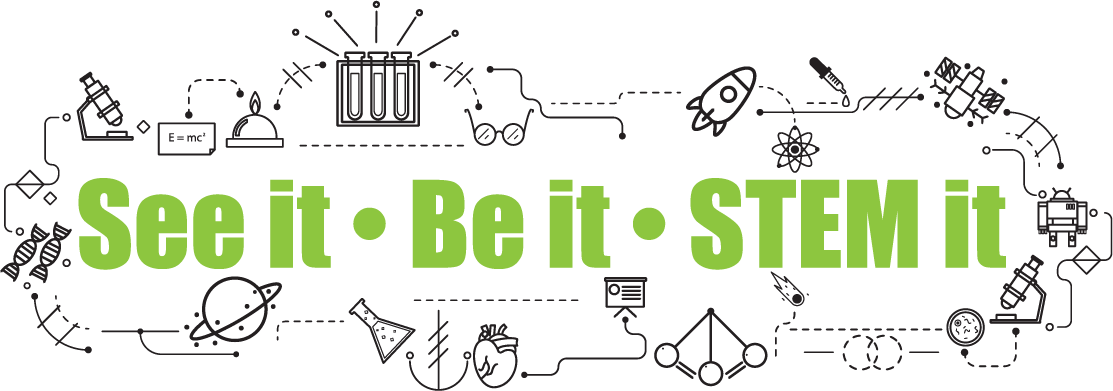Meet Ingrid Johnsrude
Ingrid Johnsrude graduated with her PhD, Clinical Psychology from McGill University. She currently works as the Director of the Brain and Mind Institute at the University of Western Ontario. In her spare time, Ingrid likes biking, knitting and crochet, reading, cooking, and fitness.
When did your love of STEM begin?
As a child, I read a lot of science fiction. Unfortunately, most 'hard' science fiction is pretty of its time -- the 40s-70s were a sexist time. So I didn't really see myself in a lot of those books. In my science and math classes as well, there was a dynamic where the boys 'owned' the material, and I felt like an interloper, 'good for a girl' but not actually all that good (even though my marks were excellent).
Although I was always a curious person who loved to learn about the world, I was acculturated to think that engineering, science and math wasn't really for me.
In university, I was captivated by the potential of psychological methods and theories to model and explain behaviour of humans and animals.
I worked in a neuroethology lab throughout the last 3 years of my undergraduate degree, researching how chickadees in the wild recognize other chickadees by their song. For small perching woodland birds like chickadees, auditory recognition is essential - small birds are often invisible in the trees. What features of song do chickadees listen to, to know that the song they are hearing comes from another chickadee? I analysed the songs produced by hundreds of different chickadees, recorded in the wild. I discovered that although different chickadees sing the two notes of their 'fee-bee' song at very different frequencies, the ratio of the fee note frequency (in Hertz) to the bee note was always 1.134, ranging between 1.132 and 1.136. This is an amazingly narrow range! This observation strongly suggested that chickadees use the pitch ratio of the two notes to identify other birds -- this was subsequently confirmed by experiment. The moment of discovery - when I realized that across all these hundreds of birds, the ratio was so constant despite variability in the constituent notes -- was magical. I was hooked!
What is the best part about working in the field of STEM?
It's creative -- curiosity and question asking are rewarded! It's a rewarding challenge to figure out how the world (and for me, the brain) works. I enjoy designing clever experiments that will definitively answer a question, telling us something about the brain that we didn't know before. I also enjoy watching students grow in their scientific abilities, learning how to critically evaluate papers, and design experiments, for themselves.
What advice would you give young women interested in a career in STEM?
Science and math courses may not excite you, but the systematic way of thinking, and quantitative tools that science and math give you, are critically useful in a wide range of domains outside of what is taught as 'STEM' in high schools, and even undergraduate programs.


